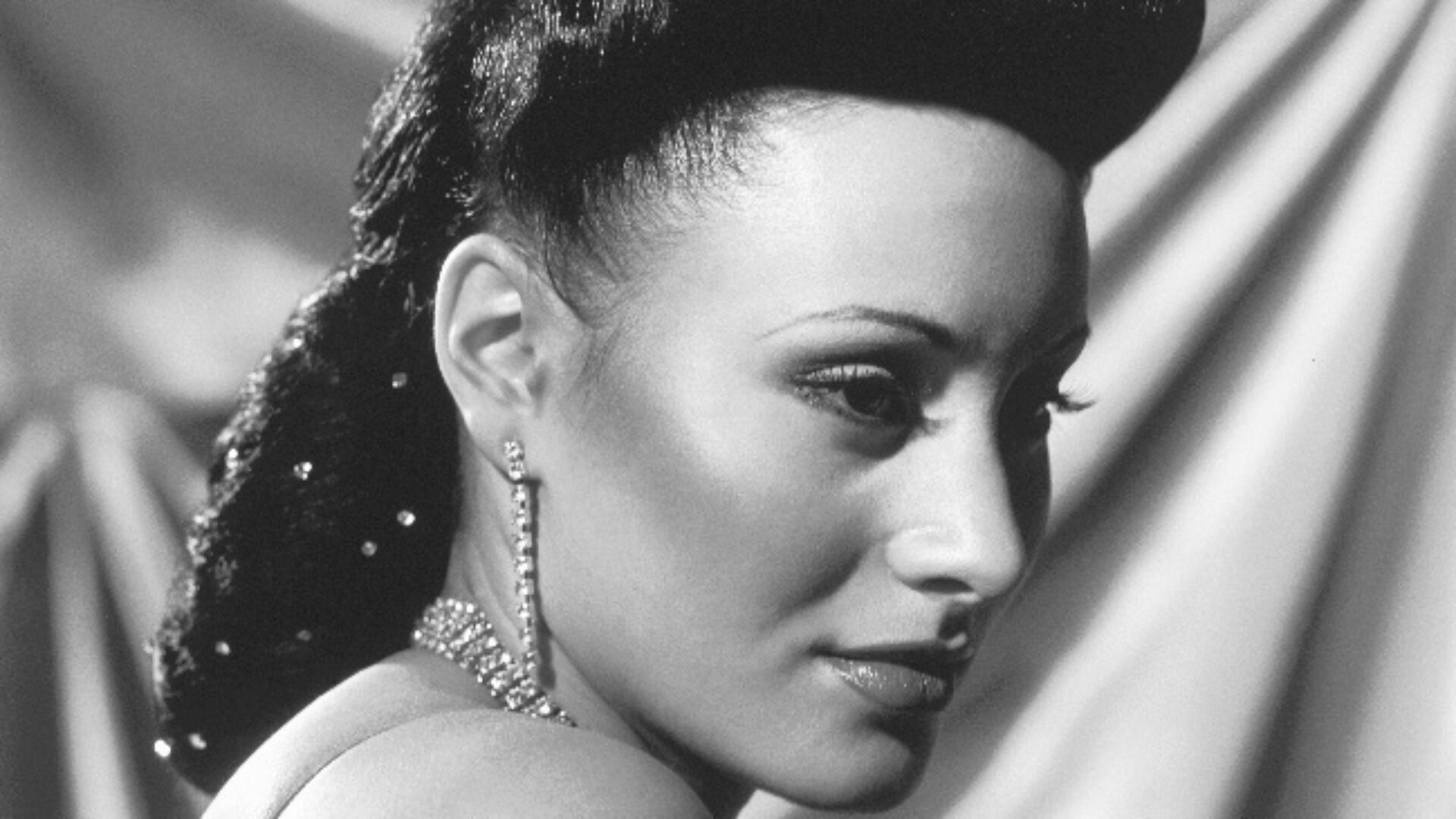
Weave has evolved into various input ways that were unimaginable from the 1950s. Today, an instant increase in length and volume is achievable through tape-ins, micro-links, and clip-in extensions. Not to mention the witchery of natural-esque frontals and closures, which makes any hair type appear to be growing directly from the scalp. In this century, manipulating hair extensions to blend in a natural look is accessible, thanks to Louisiana innovator Christina Jenkins.
Hair weaving dates back to the Egyptian era and serves as a blueprint for the essence of Black beauty. The Root reported that archeologist Jolanda Bos found many corpses daunted in gray and dark blue extensions. Bos also came across a female skull near Amarna and concluded various textures, from curly to straight brown hair, were used. Before 1949 and beyond, wigs were all the craze for women. However, it was easily susceptible to sliding off as nothing could keep them in place. Jenkins challenged herself to devise a blueprint for maintaining a wig’s steadiness without harsh chemicals.
On May 4, 1952, she successfully created the “Hairweeve.” The technique is described as “interweaving strands of live hair and strands of commercial hair, with cord-like material to join the strands to it permanently.” Through persistent methods, the process of weaving turned into an art form. As the stylist cornrows the natural hair and applies a net to begin sewing extensions, the styling sessions become therapeutic and a rite of passage in Black girlhood and womanhood.
Jenkins went on to patent the design, which was challenged and overturned in 1965, and even started a training academy to teach her original technique. Following her tour, she eventually settled in Cleveland, opening Christina’s HairWeeve Penthouse Salon until 1993. What seemed like a simple discovery has transformed the lives of Black women today. Although the cornrow design varies depending on the stylist and the use of the net, sew-in is a mainstay of Black beauty and culture.
As beauty evolved, wigs were sewn down around the hairline as additional protection to prevent lifting from heat or sweat. The patent has continued to be used today to boost the confidence and self-esteem of Black hair care while doubling as a protective style for our natural hair to flourish and being a helpful aid to young girls and women with alopecia. Through the weaveologist originator’s blueprint, we can see her hard work live on decades later through artists like Alonzo Arnold and Arrogant Tae, who continue to innovate the hair industry.
By providing a versatile and protective styling option, Christina Jenkins empowered generations to express their individuality while preserving the health and integrity of their hair. Her innovative approach sparked a revolution in hair care practices and fostered a sense of pride and ownership over one’s appearance in the beauty community.